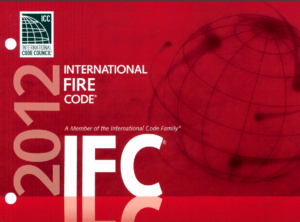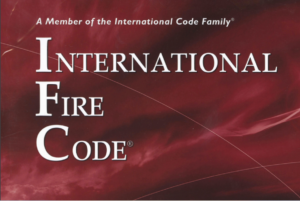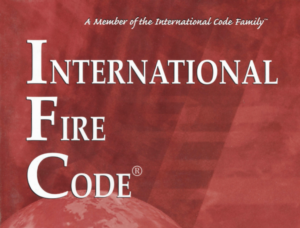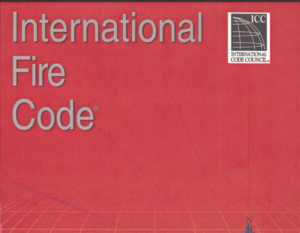The 2004 edition of NFPA 58, known as the Liquefied Petroleum Gas Code, serves as a comprehensive guideline for the storage, handling, transportation, and use of liquefied petroleum gas (LP-Gas). This edition, approved on January 16, 2004, incorporates all previous updates and introduces additional clarifications and requirements to enhance safety and compliance.
Historically, the first NFPA standard for LP-Gas was adopted in 1932, with NFPA 58 emerging in 1940 from the consolidation of several standards. The code has undergone numerous revisions to reflect technological advancements and operational experiences. The 2001 edition notably revised the entire code for clarity and added significant new safety measures such as mandatory fire safety analyses and updated valve requirements for large containers.
The 2004 edition aligns NFPA 58 with the NFPA Manual of Style, reorganizing content for better clarity and usability. It introduces new recertification criteria for cylinders and specific safety requirements for engine fuel cylinders, ensuring that LP-Gas systems adhere to the latest safety standards.
NFPA 58 applies to a wide range of LP-Gas operations, including system components like containers and associated equipment, transportation processes, and the design and operation of marine and pipeline terminals. However, the code excludes specific areas such as natural gas processing plants, certain marine operations, and refrigeration systems, among others.
This edition also emphasizes the need for equivalency, allowing the use of alternative systems, methods, or devices that provide equal or superior safety compared to the prescribed standards, subject to approval by the authority having jurisdiction.
Overall, NFPA 58 provides a structured approach to managing the risks associated with LP-Gas, ensuring that all involved in its storage, transportation, and use can maintain the highest safety standards.






